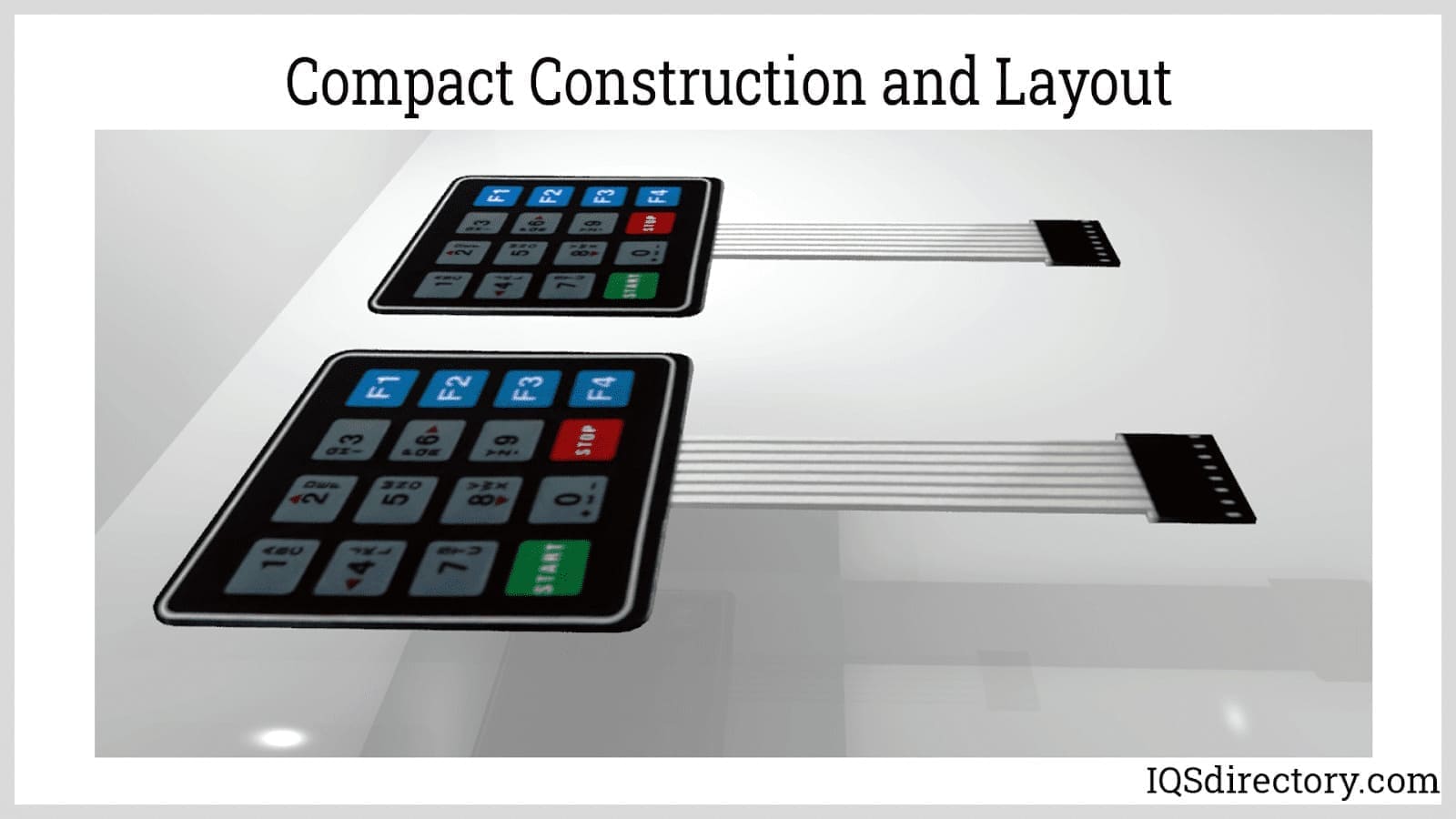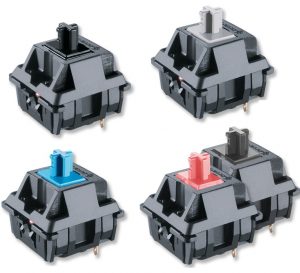Secret Advantages of Using a Membrane Switch in Industrial Applications
Comprehending the Functionality of Membrane Layer Changes for Interface Instruments
The capability of membrane layer switches over represents a substantial advancement in individual interface design, combining efficiency with aesthetic flexibility. As markets progressively prioritize individual experience, understanding the nuances of membrane layer switch innovation ends up being crucial.
What Are Membrane Layer Switches?
Membrane buttons are innovative user interface tools that assist in user communication with digital devices. These versatile elements are composed of numerous layers, consisting of a graphic overlay, spacer, and a published circuit layer. The layout permits a seamless combination right into numerous electronic gadgets, boosting both the visual and functional aspects of user interfaces.
Membrane buttons are generally used in a variety of applications, from house devices to industrial machinery and clinical gadgets. Their construction typically features a thin profile, making them an optimal choice for compact styles. The tactile feedback provided by these buttons can be engineered to satisfy specific individual preferences, ensuring efficient communication in between the individual and the device.
Longevity is one more significant benefit of membrane layer switches, as they are resistant to dirt, moisture, and chemicals, which boosts their life expectancy popular settings. Additionally, these buttons can be personalized in terms of shape, dimension, and visuals design, permitting branding and user-specific functions. On the whole, membrane switches represent a practical option for improving individual experience in digital gadgets, integrating functionality with visual appeal in an effective way.
How Membrane Switches Over Work
Operating on a straightforward concept, membrane switches utilize a split building and construction to sign up customer input properly. Each switch includes multiple layers, including a printed circuit layer, a spacer layer, and a leading visuals layer, which are created to interact seamlessly. When an individual presses the leading layer, it compresses the spacer layer, bringing the conductive components of the circuit layer right into contact with each various other.
This call develops a shut circuit, signifying the device to carry out a specific feature. The style enables numerous setups, consisting of tactile comments, which can enhance the customer experience by giving a physical feeling upon activation. The materials used in membrane buttons usually consist of adaptable substratums, such as polyester or polycarbonate, which make certain toughness and resilience against wear and tear.

Trick Advantages of Membrane Layer Buttons

One more check significant advantage is their density. Membrane layer switches are slim and lightweight, which enables manufacturers to conserve area in their devices without sacrificing capability. This feature is specifically advantageous in applications where weight and quantity are crucial factors to consider.
In addition, membrane buttons are immune to dust, moisture, and chemicals, improving their durability. This strength expands their life expectancy and minimizes the demand for constant substitutes, resulting in cost financial savings with time.
Furthermore, the responsive comments provided by membrane layer switches can be optimized to improve user interaction. They can include features such as increased buttons or distinct clicks, improving usability and customer experience.
Applications Across Industries
Interface gadgets utilizing membrane layer switches prevail in a broad array of industries, showcasing their flexibility and functionality. Membrane Switch. In the clinical field, membrane switches are essential to tools such as analysis equipment and person surveillance systems, where their toughness and convenience of cleaning are vital for preserving hygiene criteria. In the automotive industry, these buttons are used in dashboard controls and infomercial systems, providing a sleek and modern-day interface for individuals.
Furthermore, the consumer electronic devices industry gain from membrane switches in appliances and handheld tools, where compact design and user-friendly interfaces enhance user experience. Industrial applications additionally leverage membrane layer switches over for control board in equipment and automation systems, highlighting their robustness and resistance to rough settings.
In the aerospace and protection industries, membrane switches are utilized in cabin controls and tools, where reliability and efficiency under severe conditions are critical. Additionally, the pc gaming market increasingly incorporates membrane layer switches in controllers and arcade equipments, adding to an appealing user experience. On the whole, the convenience of membrane layer changes allows their extensive use throughout various sectors, emphasizing their significance in modern-day individual interface style.
Future Trends in Membrane Layer Switch Modern Technology

Additionally, the use of sophisticated products, such as polycarbonate and polyester movies, is expected to rise, supplying boosted longevity and resistance to environmental stressors. These materials contribute to the general long life of membrane layer switches, making them suitable for harsher commercial applications.
In addition, the incorporation of site web smart innovation, consisting of IoT connection, will certainly make it possible for membrane layer switches to interact with other gadgets and systems, promoting an extra interactive customer experience. This fad aligns with the expanding need for smart devices across various industries, from health care to consumer electronics.
Lastly, personalization choices are expected to expand, allowing manufacturers to create bespoke solutions tailored to details customer demands and preferences. These advancements will place membrane layer buttons browse around these guys as essential components in the evolution of user interface technology.
Verdict
In conclusion, membrane layer changes represent a pivotal advancement in user interface modern technology, using a trusted and flexible service for varied digital applications. Their split building and construction helps with compact layout, while functions such as tactile responses improve customer communication. The durability versus environmental factors better solidifies their energy across numerous markets. As developments in material scientific research and touch sensing modern technologies continue, the capability and applicability of membrane buttons are expected to increase, reinforcing their importance in modern-day electronic tools.